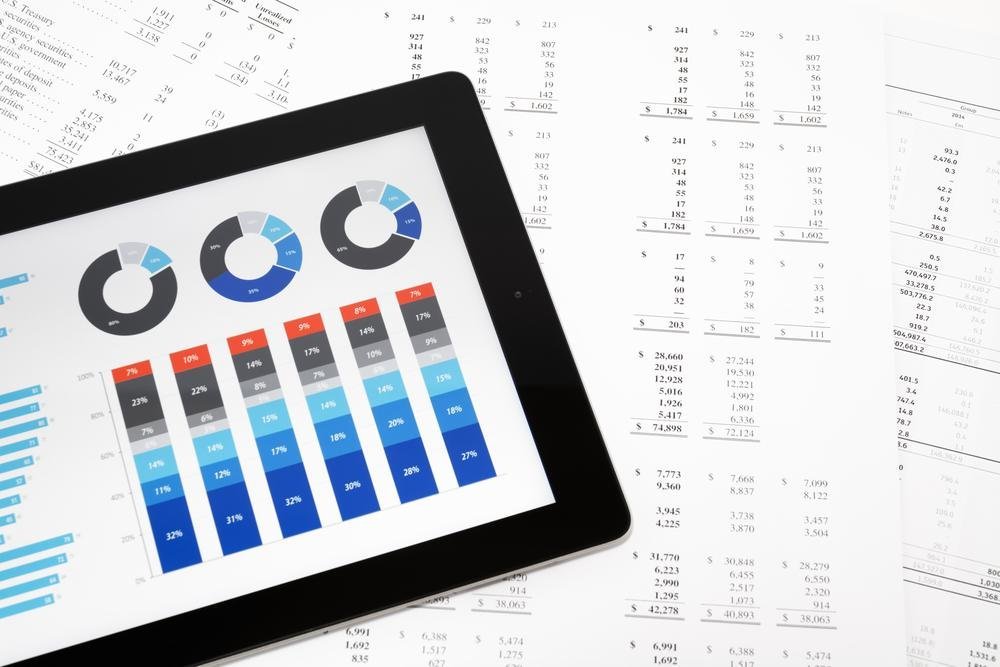
To address the changing needs of the global market, software for facility assessments relies on innovation to grow. A few of the key emerging trends shaping this growth include big data, data analytics and cloud computing. Besides enabling progressive firms to make the best use of facility assessment data, they enhance efficiency and cost savings along the way. Here, we explore four of those key trends, which each address unique portfolio needs.
Flexible Software Solutions with the Growth of Cloud Technology

A new host of cloud-based software products are available for facility assessment. They offer flexible, low cost options for organizations with real estate portfolios. Bulky, expensive software enterprise systems used to be the only option for facility assessments. These new SaaS options are levelling the playing field for firms of all sizes by taking the computing power online. SaaS products need little computing infrastructure or digital storage, and can be scaled by operating capacity and size.
Organizational Integration and Multi-Department Use
Progressive software solutions now allow for improved communications and data distribution across departments. They focus on the technical aspects of facility assessment and also on information usage across a wider organizational spectrum. Traditional facility assessment software focused on technical groups or individuals, such as property managers, engineers and sustainability teams. This limited their cross-department benefit. Now, organizations are becoming more transparent and integrated across departments, driving new software capabilities.
Real-Time Data and Optimization for Facility Assessments

A key focus for facility assessment technology is building optimization and performance. Improved software and data capture from building systems make budget and resource allocation more efficient. Data on energy use, maintenance and mechanical performance is now available in real-time. The availability of more high-quality data helps to advance facility assessment analytics. Organizations that use data to optimize performance are seeing clear results. That data helps to lower costs and manage capital investments with higher ROI.
Facility Reporting and Analytics
Many software products now focus on reporting, to better integrate with facility assessment data. A key requirement is the ability to transform technical data into a standardized format that can be read by both internal teams and stakeholders. As such, end-user reporting is now more customizable, flexible and automated.These digital technology solutions support various requirements for facility assessment, which is necessary in a growing market.
To save time and resources, 4tell™’s iPlan™ software offers these options in one centralized dashboard, making facility assessment a much more streamlined process. Sign up for a demo to learn more.
Tablet image: r.nagy/Shutterstock.com

 Share on Facebook
Share on Facebook

